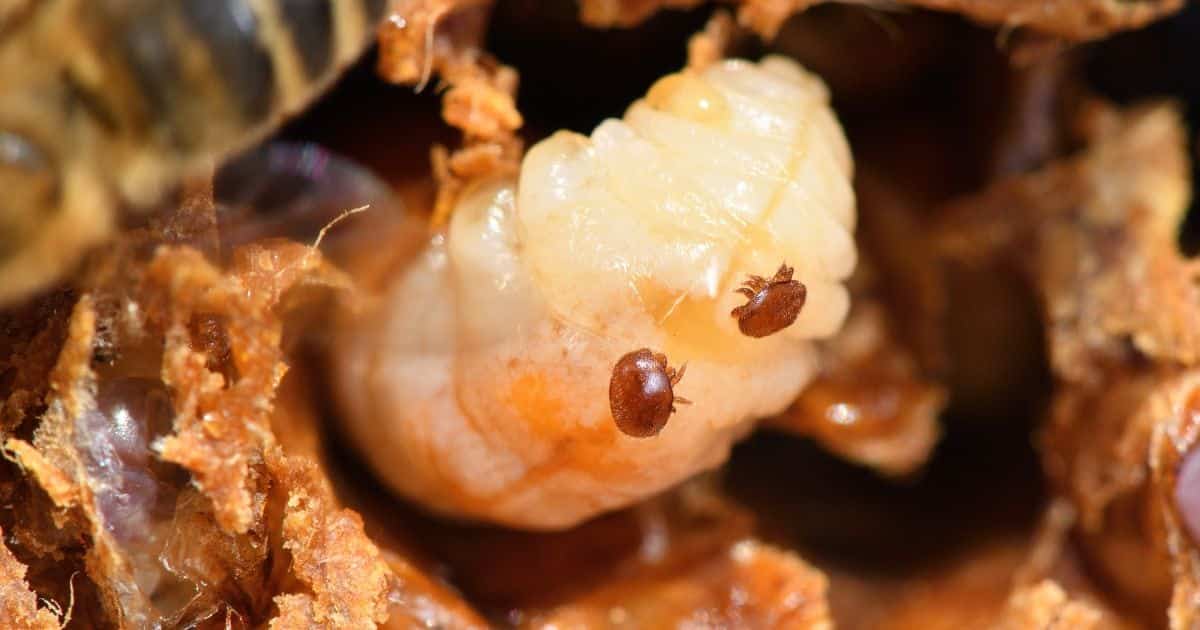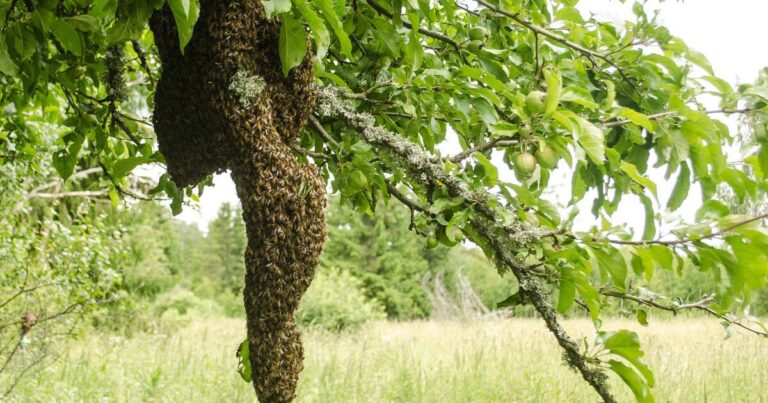The Destructor: What is a Varroa Mite?
Today, there are many threats facing bees. The varroa mite is one of the worst. Find about the devastating mite which is named ‘the destructor’.

As natural beekeepers, we have our hearts set on looking out for the bees of the world. And why wouldn’t we forge ahead at all costs? Bees are the major pollinator of 70% of the world’s food crops.
Through our many conversations, we have become aware of the threats facing bee species, including habitat loss and degradation, pollution, pesticides, climate change and disease.
Enter the Varroa mite.
The Varroa destructor (Varroa mite) is an external parasitic mite that attacks honey bees, Apis cerana and Apis mellifera, and can only reproduce in a honey bee colony. It’s also the parasite that has the most devastating effect on the beekeeping industry overall.
The mite attaches itself to the bee’s body and weakens it by sucking its blood. This occurs on both adult bees and developing brood, especially drone brood.
During this terrible process, viruses spread, such as deformed wing virus. In turn, this process weakens and shortens the bee’s life. The emerging brood may be born without legs or wings or suffering deformations. If the infestation grows, varroa mites can kill whole bee colonies.
The mite itself ranges in size and colour depending on its gender and stage of development. Adult female varroa are reddish-brown, shaped like a scallop shell, about 1.1 mm long and 1.7 mm broad and visible to the naked eye. Adult males, on the other hand, are smaller and are yellowish-white.
Both sexes have eight legs. The eggs are 0.5 mm long, milky-coloured and at first rounded. The lifecycle of this species, as explained, relies on brood being present in a hive. Mated female varroa enter drone and worker brood cells containing larvae just before hive bees cap the cells. The female varroa move to the base of the cell and submerge themselves in the larval food.
When the cell is capped, the submerged mites move to the larva and begin feeding. The females then lay up to six eggs in the cell; the first is male and the rest female.
Development from eggs to adult takes around ten days, and because of this, mites at different stages of their life-cycle may be seen in the one cell. The male mates with its sisters in the cell, but never actually leaves the cell itself. The sister mites and mother leave the cell, often on the emerging bee.
This is all undoubtedly disturbing information, However, what is more disturbing is the threat of varroa mite to the Australian bee community! Australia is actually one of the last remaining countries in the world to be free of the blood-sucking varroa destructor, which has already devastated bee colonies in New Zealand, the United States, and Europe.
However, only a month ago, the mite was detected at Port Melbourne in a colony that arrived on a ship from the United States. There’s never been a better time to wise up about varroa destructor as we must do everything we can to stop this parasite from devastating our bees and the bee industry.


